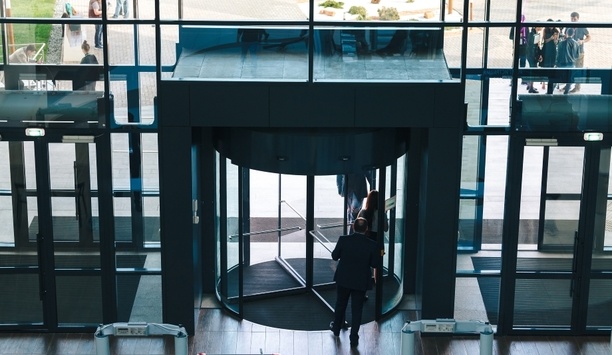Importance of Lighting in Interior Design and Top Ideas on How to Brighten Your Home

Color Management
Using lighting may add or remove the light from a room’s total colors, or even from certain surfaces that the light is intended to enhance. Using darker shades in a room makes that space feel smaller and crowded while using light colors to do the exact opposite of darker colors. Space illusion is characterized by light, which is reflected off the wall surfaces. In this illusion, certain forms of lighting aid by illuminating the walls. Furthermore, directional lighting, like a track light, will intensify the colors of the wall. Recessed lighting has a smooth, downward glow that illuminates the floors, not the walls. It is compared to lamps hanging from the room’s center, offering ambient illumination, or wall lighting. In both cases, this may influence the way a colored segment can look light or dark.
Directional Lighting
The lighting of a room either illuminates the whole room … Read more

/InstallingVinylSiding-97a9f87f3f6d47248ab38f79df6bd2d5.jpg)

